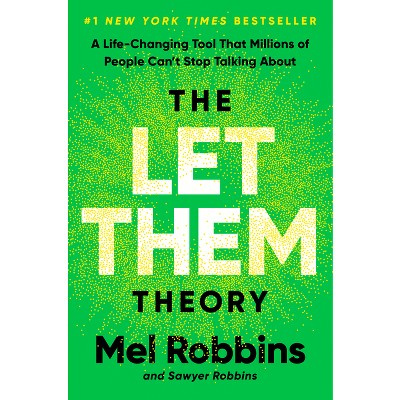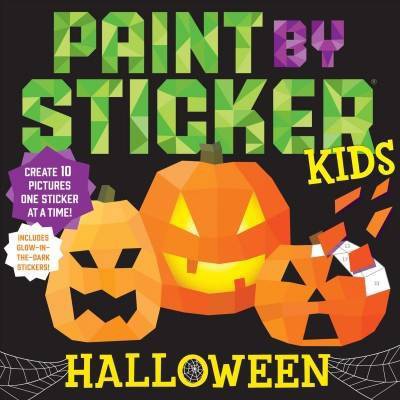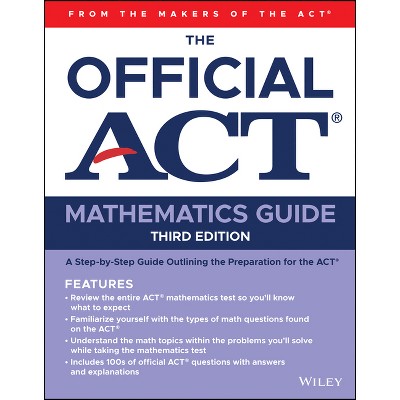Sponsored

Visually Memorable Neuroanatomy for Beginners - by Min Suk Chung & Beom Sun Chung (Paperback)
In Stock
Sponsored
About this item
Highlights
- Visually Memorable Neuroanatomy for Beginners takes a close look at the anatomy of the human brain and teaches readers to identify and examine its structures in a relatable way.
- Author(s): Min Suk Chung & Beom Sun Chung
- 198 Pages
- Medical, Neuroscience
Description
Book Synopsis
Visually Memorable Neuroanatomy for Beginners takes a close look at the anatomy of the human brain and teaches readers to identify and examine its structures in a relatable way. Unlike large textbooks that deliver a superficial overview of the subject, this book explores the anatomy and physiology of the brain using mnemonic techniques and informative comic figures that present brain regions at an introductory level, allowing readers to easily identify different parts of the brain. This volume is appropriate for undergraduate and graduate students, postdoctoral fellows, and researchers in the medicine, health sciences, and biological sciences.
Beginning with the morphology of the brain and spinal cord, this book then explores the somatic nerve and autonomic nerve, the cranial nerve and spinal nerve, the function of the brain, and concludes with the development of the nervous system.
Review Quotes
"The authors propose this new book for beginners in Neuroanatomy. Dr Min Suk Chung is Professor of Anatomy in Ajou University, South Korea. He has already published books including comics and cartoons for explaining and making easier the learning of Anatomy. Dr. Beom Sun Chung is a postdoctoral fellow in the Tulane Center for Clinical Neurosciences, Louisiana, USA, with a special interest in the stereoscopic models of the brain using reconstructions from the serially sectioned images of the Visible Korean Human. The authors propose a global approach to Neuroanatomy, and include central nervous system (brain, spinal cord), peripheral nervous system and autonomic nervous system.The books sections are:1. Morphology of the central nervous system (brain, spinal cord, cavities, envelops)2. Somatic nerve, autonomic nerve: motor nerve, sensory nerve, reflex arc; sympathetic and parasympathetic nerves and plexuses, with examples of functions3. Cranial nerve, spinal nerve: motor and sensory nerves, somatic and visceral4. Function of the brain: the main functions of the different parts of the brain and brainstem5. Development of the central nervous system: the evolution of the neural tube helps to understand and build the different parts of the central nervous systemMost of the simple schemes could be used for introducing a course. Humorous and simple sentences make easy means for memorization.The goal was to help students overcoming their 'neurophobia', it should help to go ahead in this field of anatomical sciences. A great attention is constantly paid to the orientation of the anatomical views. An alphabetical index, from 'Abdominal aorta' to "White ramus communicans" leads to a fast access to the different structures of the nervous system.Some interesting ideas for simple and clear introduction to the learning of neuroanatomy are provided in this book, for beginners and those who teach them." --Springer
"This book presents simplified diagrams of neuroanatomy and a comic strip style demonstration of topics, giving the readers a simple, visual introduction to neuroanatomy. The purpose is to aid students in their first tries for big picture topics of neuroanatomy before exploring more complete exploration of structure and function of the nervous system. These are worthy objectives and the book is needed. The objectives are met; the book presents a topical introduction to neuroanatomy for the basic understanding of many topics that will aid further detailed discussions of the nervous system. I liked this book, which provides an easy way to begin discussions of neuroanatomy. Beginners on the topic will appreciate and find value in reading it." --Barnes and Nobles
"Reading this book, however, you can remember the function of geniculate nucleus forever, without memorizing (Fig. 1C). The tip is easy, and it is full of instructional humor. They are on the students' side even in terms of neuroanatomy terminology (Fig. 1E). Whether the reader is a beginner student or a middle-aged scholar, this is a book that gives you confidence and turns painful memories into beautiful memories. I recommend reading first." --JKMS (Journal of Korean Medical Science)
Shipping details
Return details
Frequently bought together
Trending Non-Fiction

















